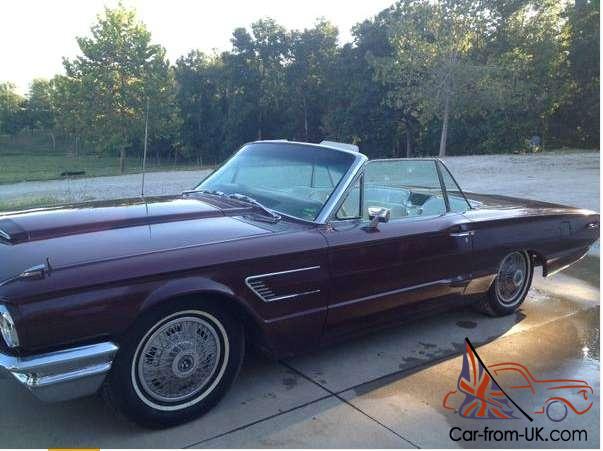

A dramatic design with unibody construction all-coil suspension and a low, rakish stance, the second-generation Thunderbird rode a compact 113-inch wheelbase, yet had ample interior room. The 1959 Ford Thunderbird convertible was part of the "squarebird" styling cycle.Īs expected, the all-new Ford Thunderbird four-seater arrived for 1958 (though Ford briefly considered retaining a two-seater with updated styling). Production ran through the end of the calendar year, so production was the highest for the three two-seater years at 21,380. With a base price still under $35, the T-Bird remained an attractive buy. Then the Automobile Manufacturers Association issued its infamous racing "ban" and development stopped. Daigh returned in '57 to score 93.312 mph, and a privately entered T-Bird ran the flying-mile at 146.282 mph one way, 138.775 mph both ways. A '55 sponsored by Mechanix Illustrated magazine's Tom McCahill swept the production sports-car class at that year's Daytona Speed Weeks, Joe Ferguson clocking a two-way average of 124.633 mph to best every Austin-Healey, Porsche, and all but one Jaguar XK-120.Ĭhuck Daigh did even better in '56 with a T-Bird prepped by Pete DePaolo he did 88.779 mph in the standing mile, though a 'Vette modified by Zora Arkus-Duntov proved faster (at 89.735 mph). Ford also built 208 supercharged "F-Birds" with 300/340 bhp courtesy of Paxton-McCulloch blowers, mainly for racing.Īnd race the early T-Birds did, though with limited success. Stickshift models still had a 292, but uprated to 212 bhp, and there was now a trio of 312s offering 245, 270, or 285 bhp, the last being a twin-four-barrel version with 10.0:1 compression. A handsome facelift brought a prominent bumper/grille and a longer deck (again enclosing the spare) wearing modest bladelike tailfins. The '57 was thus the last two-seat T-Bird - and arguably the best. So for 1958 and beyond, that's what the T-Bird would be. Also, market surveys indicated much greater demand for a four-seater. McNamara, who'd replaced Crusoe as head of Ford Division, wanted much higher volume. Production eased to 15,631, but was still five times Corvette's. Porthole hardtops heavily outsold the nonporthole kind in 1956, and virtually all '57 Thunderbirds had them.
1964 THUNDERBIRD AIR RIDE PLUS
Changes were limited to a larger 312 V-8 option with 215/225 bhp (nonoverdrive stickshift cars retained the 292, now up to 202 bhp), plus exterior-mounted spare (answering cries for more trunk space), softer suspension (for a smoother ride), and no-cost portholes for the hardtop (a Boyer idea inspired by vintage coachwork). You don't mess with success in Detroit, and Ford didn't with the '56 T-Bird. It whipped the rival Chevy in 1955 production by nearly 24-to-1 - 16,155 for the model year.

With European style and American comfort, convenience, and go, the Thunderbird proved well-nigh irresistible at just under $3000 without options. Styling, conceived by Walker lieutenant Hershey and executed by a young Bill Boyer, couldn't have been better: simple and smooth yet clearly Ford, with rakish long-hood/short-deck proportions recalling the classic early-'40s Lincoln Continental. And there was no plodding six-cylinder engine but a burly 292-cubic-inch Mercury V-8 delivering 193 bhp with stickshift or 198 bhp with optional self-shift Ford-O-Matic.īill Burnett supervised the engineering, which relied heavily on passenger-Ford components. Instead of an ill-fitting soft top was a snug convertible top, a detachable hardtop, or both. In place of creaking fiberglass and clumsy side curtains was a sturdy steel body with convenient roll-up windows. It rode the same wheelbase as the first-generation Corvette - 102 inches - but was far more luxurious and practical. Barely a month later, Ford was hard at work on the car that would ultimately be named for the god worshiped by America's Southwest Native Americans as the bringer of rain and prosperity.First displayed as a wood mock-up at the Detroit show in early 1954, the Thunderbird was a "personal" car, not a pure sports car. But in January 1953, GM threw down a gauntlet Ford couldn't ignore: the Chevrolet Corvette.


 0 kommentar(er)
0 kommentar(er)
